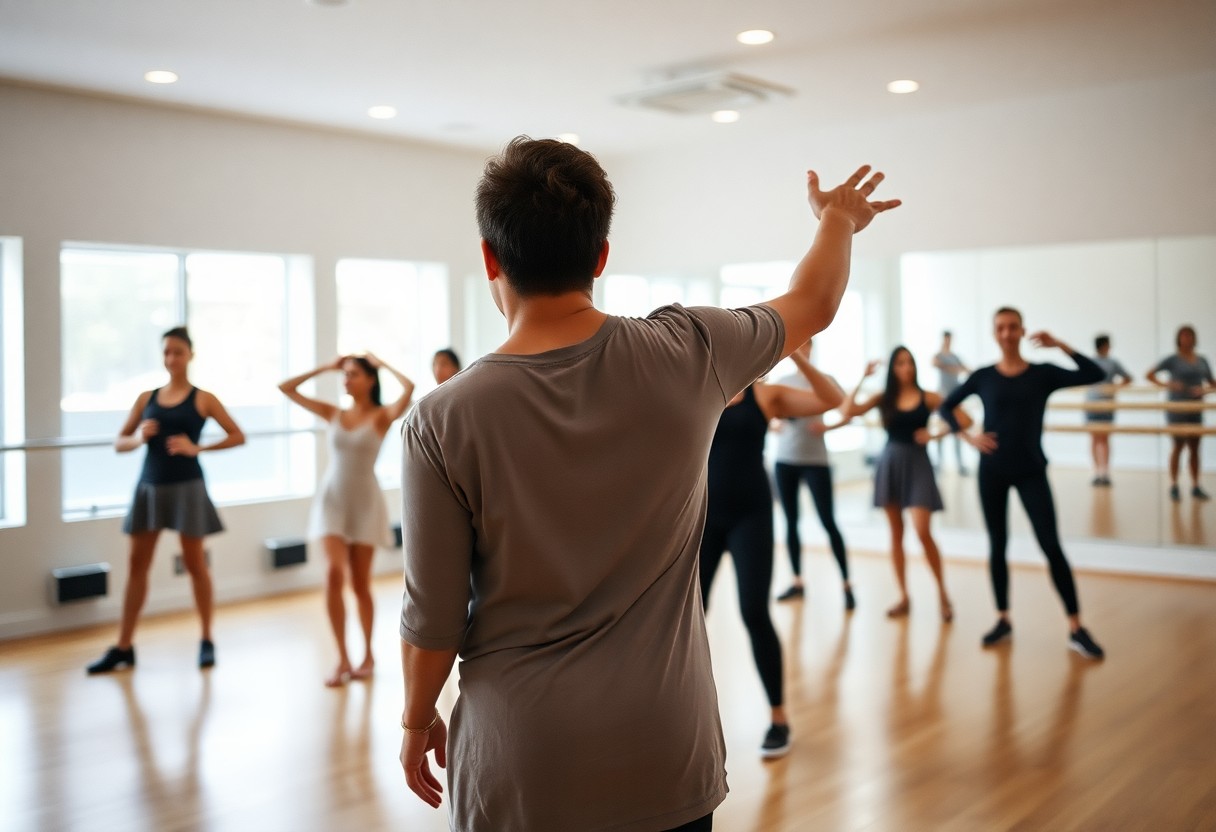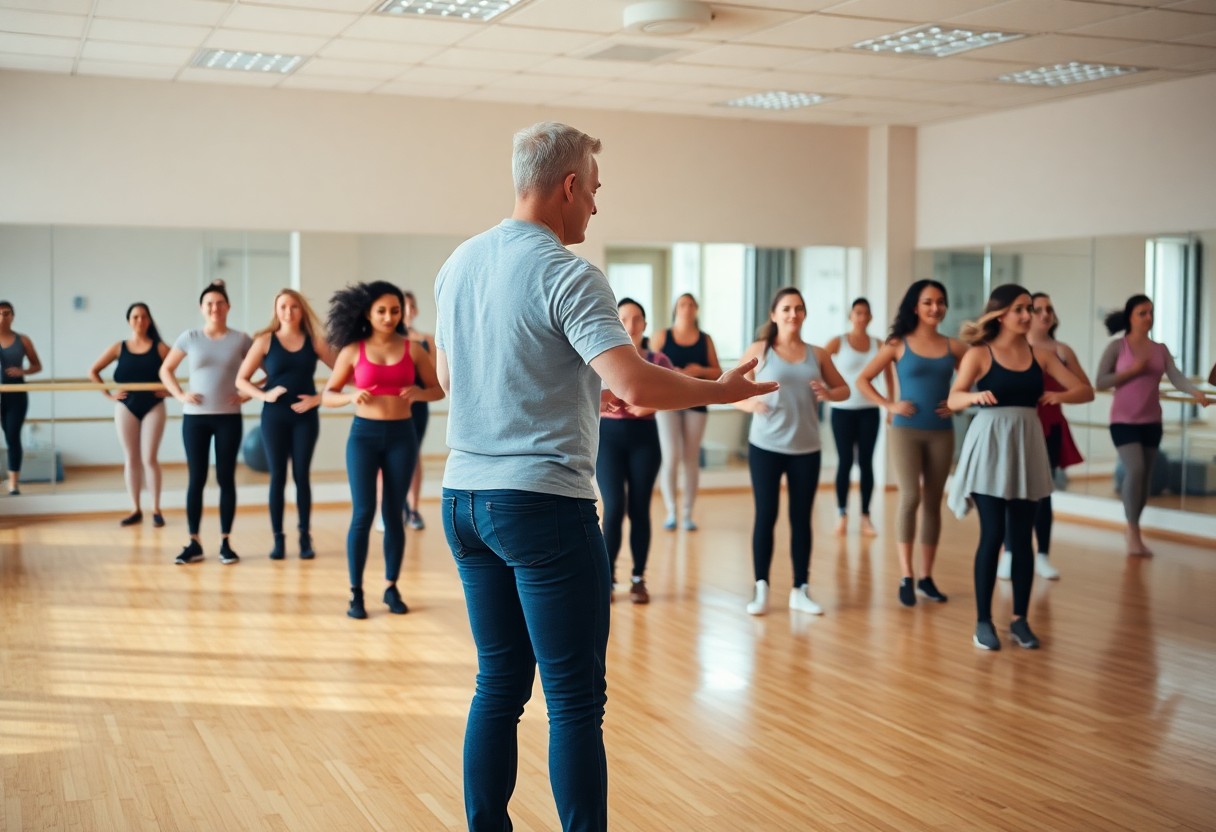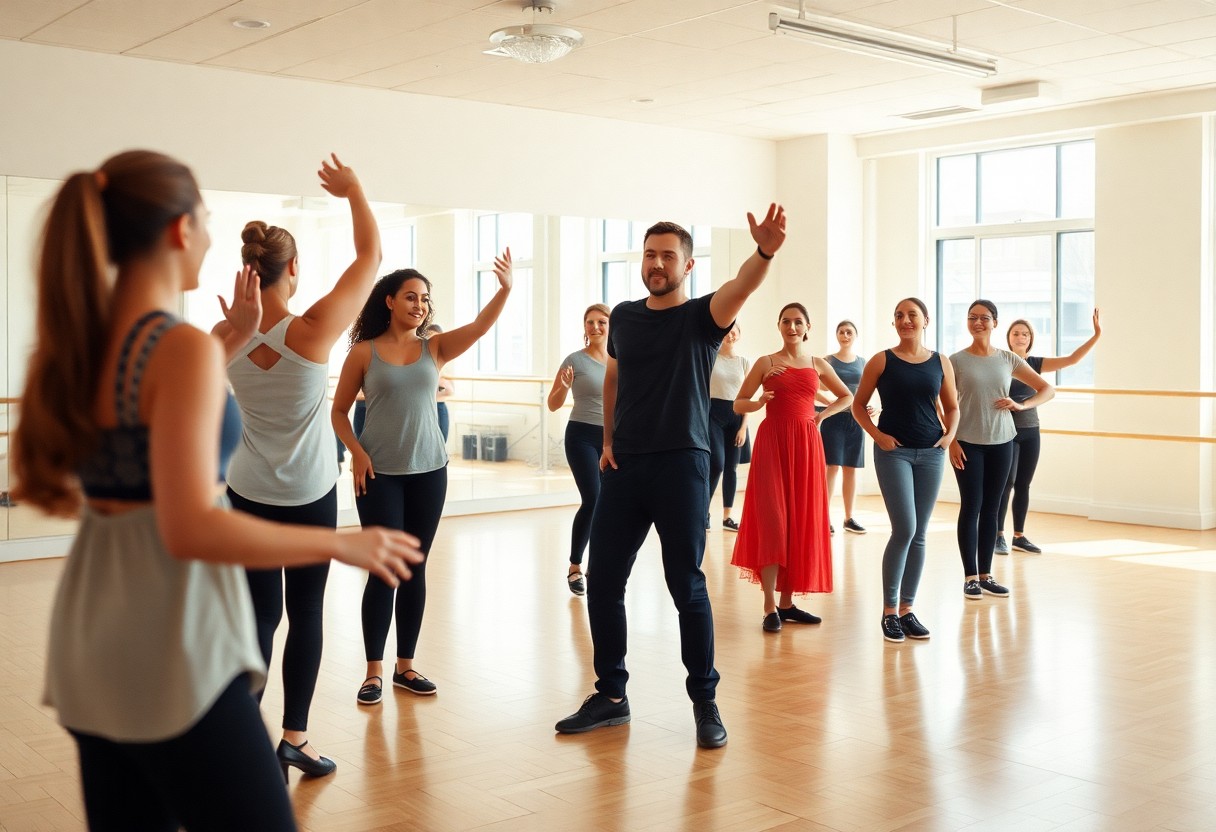Teaching is not just a skill; it’s an art that requires dedication, creativity, and a solid foundation of knowledge. If you’re passionate about dance and aspire to guide others through this expressive medium, the Master of Dance Teaching (M.D.T.) program offers you an advanced pathway to elevate your teaching abilities. Through a combination of practical training, theoretical studies, and hands-on experience, you’ll develop the expertise necessary to inspire and educate dancers of all ages and skill levels. Discover how this program can transform your teaching journey and enhance your impact in the dance community.
Key Takeaways:
- The Master of Dance Teaching (M.D.T.) program emphasizes a comprehensive understanding of dance pedagogy, blending theoretical knowledge with practical application.
- This advanced degree prepares educators to teach diverse dance styles and adapt teaching methods to meet the needs of various student populations.
- Graduates of the M.D.T. program are equipped to contribute significantly to the dance community, fostering both the art of dance and the development of future dancers.
Overview of Dance Education
To fully appreciate the intricacies of dance education, it is important to examine its framework and significance within the broader artistic community. Dance education encompasses various methodologies, philosophies, and cultures, all aimed at nurturing your skills in movement, expression, and choreography. As you explore this field, you’ll discover the different pathways available, from formal training in academia to informal studio settings, highlighting the diverse opportunities for creativity and growth.
Historical Context
Historical developments in dance education trace back to the early classical ballet schools, which established structured teaching methods and technique standards. Key figures influenced the evolution of dance education, from ballet pioneers to contemporary choreographers. Understanding this history will enrich your appreciation of dance as an art form and provide context for its ongoing transformation.
Current Trends in Dance Teaching
Behind the scenes of today’s dance classrooms, you will find a blend of traditional techniques and innovative approaches that redefine how you learn and experience dance. Educators are increasingly focused on inclusivity, embracing various styles and cultural influences. Additionally, technology plays a vital role, offering resources such as online classes and learning platforms that make dance education more accessible than ever.
Trends in dance teaching continue to evolve, promoting a holistic approach to education that prioritizes physical as well as mental well-being. Mindfulness practices, interdisciplinary studies, and community engagement are becoming integral to training. In your journey as a dancer, you may find that these trends enhance your artistic development, encouraging a deeper connection to both your body and the dance community on a global scale.

Core Curriculum for Master of Dance Teaching
Now, as you explore the Core Curriculum for the Master of Dance Teaching, you’ll discover how it shapes your skills in educating future dancers. This program covers important topics, laying the foundation for you to excel in dance education. For those interested in expanding their expertise, consider the Master of Arts in Dance/Movement Therapy and Counseling, which deepens your understanding of movement in therapeutic contexts.
Pedagogy and Teaching Methods
By engaging with diverse teaching methodologies, you will enhance your ability to connect with students of all ages and backgrounds. This section emphasizes effective pedagogical practices, allowing you to adapt your teaching style to suit various learning environments.
Dance Technique and Choreography
At the heart of dance education, technique, and choreography empowers you to express creativity through movement. You’ll explore different genres and styles, honing your skills to both execute and teach intricate dance forms.
Curriculum components focusing on Dance Technique and Choreography emphasize practical application and creativity. You will not only learn foundational techniques but will also examine the choreographic process, allowing for personal expression and innovation. This blend of technical mastery and artistic exploration prepares you to design captivating dance routines that inspire your students and stimulate their own choreographic journeys.
Skills Development for Dance Educators
Not every dance educator possesses the innate ability to inspire and motivate. Therefore, honing your skills in communication and leadership is important for fostering a productive learning environment. You must engage your students effectively, conveying your passion for dance while guiding them in their artistic journey. Enhancing these skills can empower your teaching practices and strengthen the connection between you and your students.
Communication and Leadership
An effective dance educator communicates ideas clearly while demonstrating strong leadership qualities. Your ability to articulate instructions, offer constructive feedback, and create an open dialogue fosters trust and encourages student participation. By developing these skills, you will cultivate a positive atmosphere where creativity and learning thrive.
Adaptability and Inclusivity
Along with communication and leadership, adaptability and inclusivity are vital skills for dance educators. You must be prepared to modify your teaching strategies to accommodate the diverse needs and skill levels of your students, ensuring that everyone feels valued and included in the learning process.
In addition, embracing adaptability allows you to respond to unexpected challenges, whether it’s adjusting a lesson plan on the fly or accommodating varying learning styles. Inclusivity fosters an environment where every student, regardless of their background or ability, feels welcome and supported. By prioritizing these qualities, you not only enhance your effectiveness as a dance educator but also contribute to a richer and more dynamic classroom experience for all your students.

Professional Opportunities in Dance Education
Unlike many fields, dance education offers a diverse array of professional opportunities that allow you to share your passion for movement. As a Master of Dance Teaching (M.D.T.), you will find pathways not only in traditional dance studios but also in schools, community centers, and performance companies. Your expertise enables you to adapt your teaching style to varying students’ needs, thereby broadening your influence in the dance community.
Teaching Positions in Various Settings
Between public schools, private studios, and community organizations, teaching positions in dance education are plentiful. Each setting allows you to impart your skills to different age groups and skill levels, making your role as an educator both versatile and imperative. You might find yourself developing curriculums for young children or teaching advanced techniques to aspiring professionals, enriching each student’s experience with your knowledge.
Continuing Education and Certification
Continuing your education and earning additional certifications can significantly enhance your credibility as a dance educator. You’ll have the opportunity to refine your techniques and stay updated on the latest educational trends, which can make your teaching more effective and engaging.
Even as a Master of Dance Teaching, you can benefit immensely from ongoing training and specialized workshops. This not only keeps you current in dance methodologies, but it also helps you build a network of other professionals in the field. By pursuing additional certifications in areas like dance therapy or choreography, you can expand your skill set, attract a broader clientele, and elevate your teaching to new heights.
Impact of Dance Education on Students
Despite the myriad of challenges faced in traditional education, dance education has proven to be a transformative force for students. It encourages creativity and expression, instills discipline, and enhances cognitive skills. When you engage in dance, you are not just learning steps; you are cultivating a mindset geared towards perseverance and self-confidence. Such attributes are crucial in shaping well-rounded individuals who thrive both academically and personally.
Physical and Mental Benefits
Below are some of the prominent physical and mental benefits of dance education. Engaging in dance helps improve your strength, coordination, and flexibility, while also serving as an excellent cardiovascular workout. This physical activity releases endorphins that boost your mood, reduce stress, and improve overall mental health. You will notice greater focus and memory retention, which enhances your academic performance and personal well-being.
Social and Cultural Impact
An crucial aspect of dance education is its profound social and cultural impact. Dance serves as a universal language that transcends barriers, allowing you to connect with peers from diverse backgrounds. Through collaborative performances and group activities, you learn to work as a team and appreciate varying perspectives, fostering empathy and understanding.
Cultural influences are woven into dance education, enriching your experience and expanding your worldview. By exploring different dance styles, you gain insights into various traditions and histories, helping to cultivate a respect for diversity. This engagement not only enhances your ability to identify with others but also promotes inclusivity within your community. In this way, dance education becomes a powerful tool for social change, creating a more connected and culturally aware generation.
Resources for Aspiring Dance Educators
For those looking to elevate their dance teaching journey, a wealth of resources is at your fingertips. Books, online courses, and workshops can enhance your skills and deepen your understanding of pedagogy. By engaging with these materials, you can refine your technique, learn effective teaching strategies, and stay updated with the latest trends in dance education.
Recommended Literature
Behind every great educator is a foundation built on insightful literature. Explore books focusing on dance theory, educational methodologies, and developmental psychology to enrich your teaching practices. Titles like “The Dance Teacher’s Survival Guide” and “Teaching Dance: The Joy of Movement” offer practical advice and innovative concepts that can inspire your lessons.
Professional Organizations
Recommended organizations like the National Dance Education Organization (NDEO) and Dance Educators of America provide valuable support and networking opportunities for dance educators. These organizations often host conferences, workshops, and certification programs to help you expand your professional development and connect with peers in the field.
Considering the benefits of joining a professional organization, you can enhance your career through collaboration and access to exclusive resources. Membership often grants you access to research publications, teaching tools, and continuing education programs, ensuring you remain at the forefront of dance education. Cultivating relationships within these communities can significantly enrich your teaching experience and professional growth.
Conclusion
The Master of Dance Teaching (M.D.T.) program equips you with crucial skills and knowledge to excel in the world of dance education. This advanced degree not only enhances your teaching abilities but also deepens your understanding of dance as an art form. By pursuing the M.D.T., you are positioning yourself as a leader in the field, capable of inspiring future generations of dancers. Embrace this opportunity to transform your passion into a fulfilling and impactful career.

